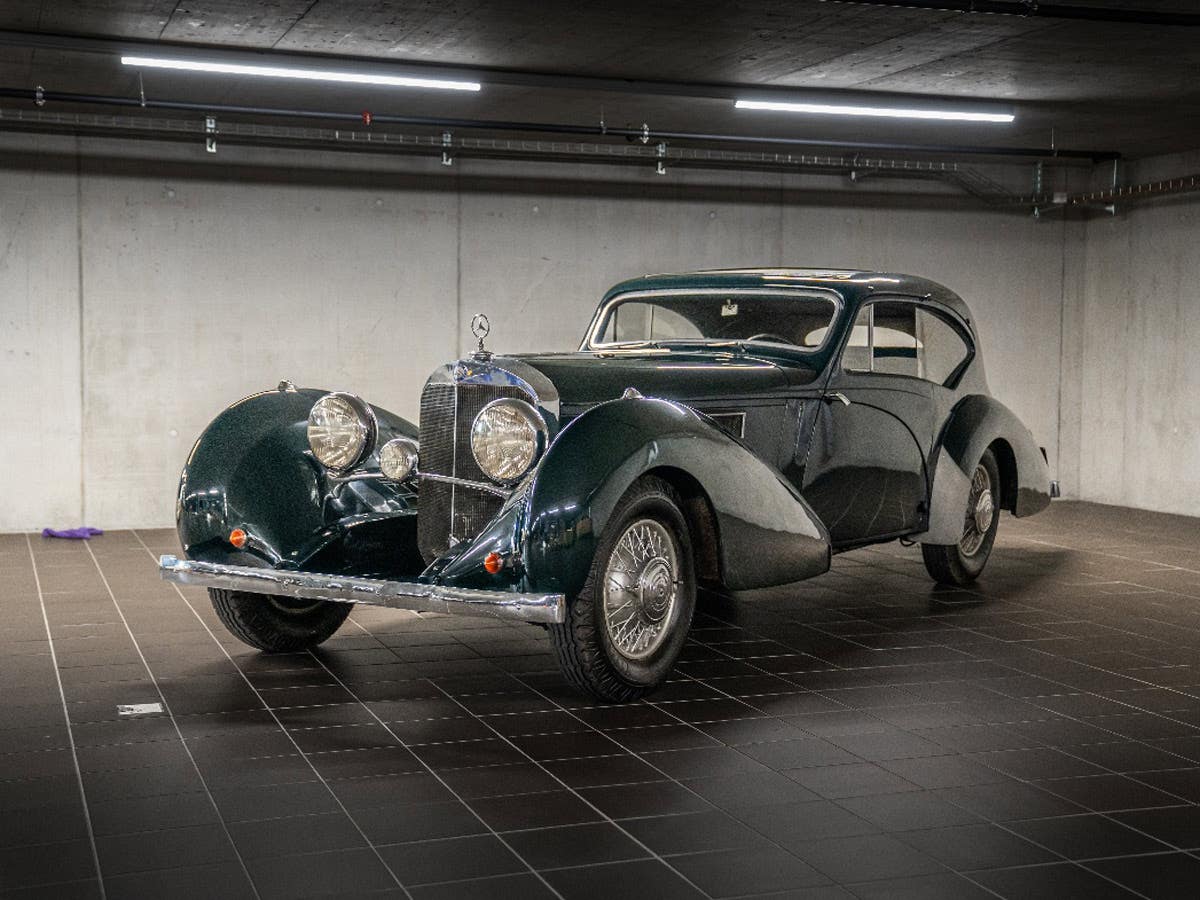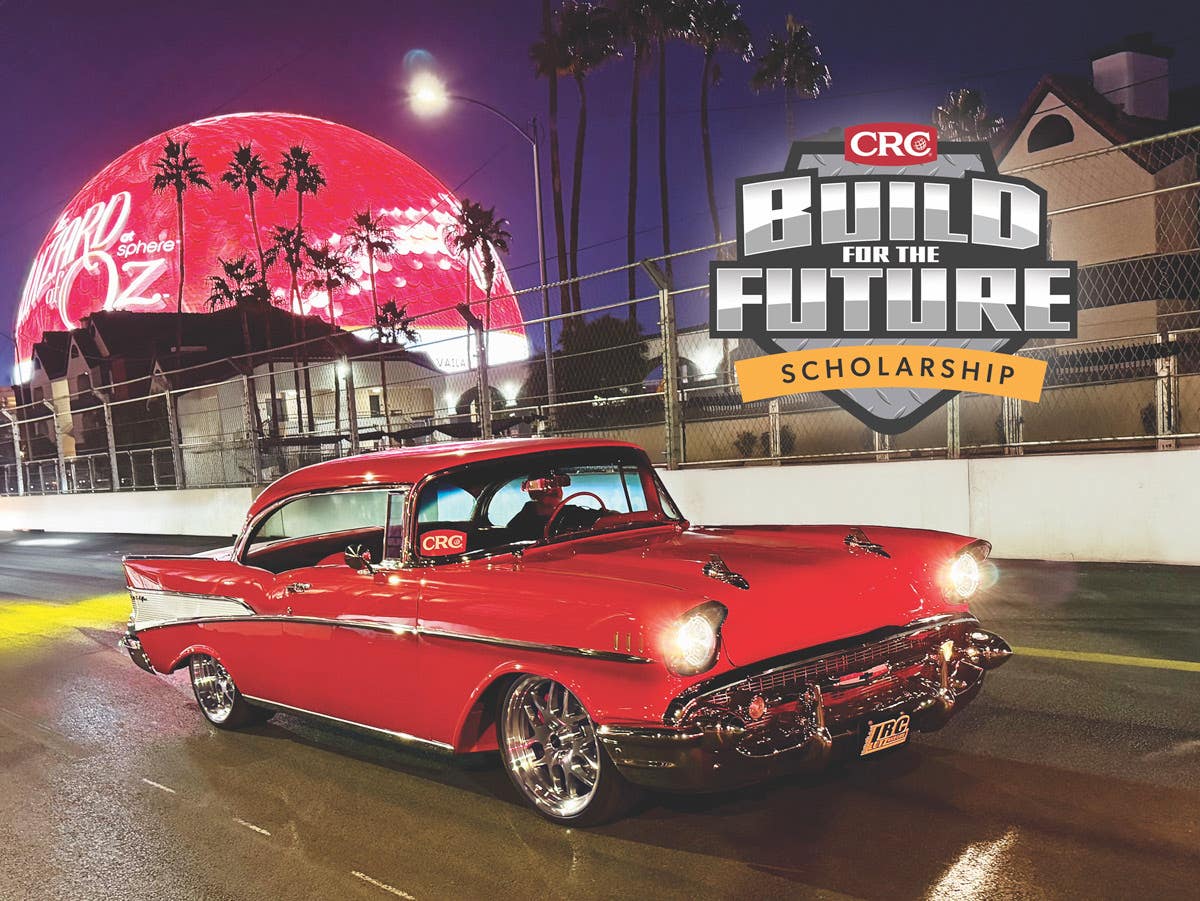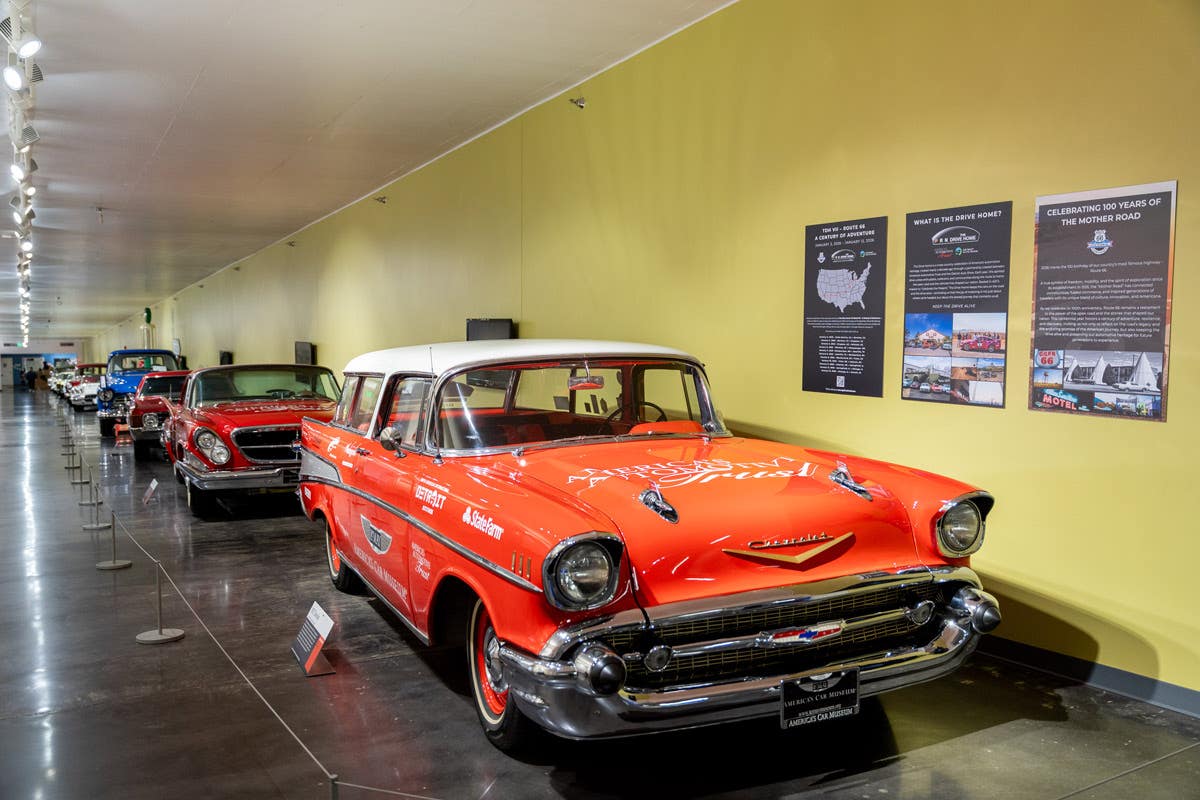Editor’s note: Hot rod builder Len Williams made the cover of the October, 1962, issue of Science and Mechanics magazine with his Boeing turbine engine-powered 1932 Ford roadster. The surplus plane engine replaced the Oldsmobile V-8 engine that Williams ran successfully in the roadster from the mid 1950s through 1961, when he installed the turbine. Williams sat down and shared some of the details of his turbine-powered hot rod for his fellow Old Cars Weekly readers.
It’s often called the “Jet Car,” though that’s not an accurate description. Technically, the engine is a turbo-shaft gas turbine with a free-power turbine. There are two sections: the gas producer section and the output section.
Gas producer section
In the gas producer section, air enters at the front where it is then compressed in the centrifugal compressor. The air then enters the two burners where fuel is burned, heating the air and expanding it. The expanded gas then travels at a high rate of speed and impinges on the first turbine wheel, like a windmill. The first turbine wheel is directly connected to the compressor, so the gas producer operation is continuous.
Output section
The high-velocity gas then impinges on the second turbine wheel and goes out the exhaust. The second turbine wheel is connected to the output shaft through a system of planetary gearing.
High revs
The gas producer idles at 15,000 rpm, and while the maximum rpm is 37,000, the output turbine wheel turns 30,000 rpm at full power. This is reduced to 3,000 rpm at the output shaft by the planetary reduction gears.
The engine output section is directly connected to the driveshaft, and the car’s rear-end ratio is about 2.8 to 1, so the top speed is about 95 mph. That’s fast enough to get a ticket in the state of Washington. With taller gears in the rear end, the top speed would be about 115 mph. The 2.8-to-1 ratio is a compromise between top speed and acceleration.
Horsepower
The engine is rated at 180 hp with all the accessories operating, and, since there’s no transmission, all of the turbine’s power goes directly to the rear wheels. The stall torque of the engine is approximately two-and-a-half times the rated torque. This is comparable to low gear in the 1932 Ford, which was 2.5 to 1 (A nice coincidence). Since the second turbine wheel is not connected to the first turbine wheel, it can be stationary while the gas producer section is still running. The operation is similar to a piston engine with an automatic transmission. With the engine at idle, the car moves along about 4 or 5 miles per hour. Step on the throttle and you can smoke the tires.
Because there’s no transmission, there’s also no reverse gear. That’s somewhat of an inconvenience, but if you plan ahead, you can live with that. I didn’t have a reverse on my Harley, either.
Acceleration
There is a slight delay when the accelerator is depressed and the gas producer spools up. But the car is so light, the delay is hardly noticeable. To really impress the troops, stand on the brake, bring up the gas producer rpm, and release the brake. Following this procedure, it becomes clear that the acceleration is very smooth. With a step on the throttle, the car is going 70 mph before you know it. But you must be careful.
The engine is also vibration free. My favorite trick is to balance a half-dollar on the hood with the engine idling.
Engine braking
Contrary to popular belief, the engine does produce a fair amount of engine braking. It takes power to keep the output revolutions up with the gas producer idling, as in going downhill. Going to work in the morning, I descended Boeing Hill on my way to Plant One. Judging by the brake lights of the cars in front of me, I noticed my use of the brake was similar.
Noise
The turbine engine sounds loud, but the noise is a high-pitched scream that attracts a lot of attention. It has very little carrying power, and in terms of decibels, it’s not as loud as a motorcycle or a truck. The engine compartment of my roadster was originally soundproofed, but I later removed it. I was worried that the foam rubber would deteriorate and be sucked into the engine.
Fuel consumption
While all of this sounds great, some people wonder why they don’t have a gas turbine engine in their car. Simply answered, it’s due to fuel consumption.
The turbine is a fuel hog. Part-load fuel consumption is almost as high as at full power. I was getting about 3 to 4 miles per gallon around town and 5 to 6 mpg on the open road, and that’s in a 1,900-pound car. Where the rumble seat used to be, there’s a huge fuel tank.
The turbojet gas turbine is successful in a commercial airliner because most of the operation is at 85 to 100 percent of full power where the engine operates more efficiently. Also, the gas turbine is very sensitive to air temperature. The lower the air temperature, the more efficient the engine operation. The air temperature at 35,000 feet is 65 degrees below zero. That’s cold.
Editor’s note: Len Williams said, “I had a lot of fun with this car,” a fact that’s proven by the 27 years he kept it. But, in 1976, Williams chose to sell the Ford, and today, it is alive and well and part of the private portion of the LeMay Collection in Tacoma, Washington. During the LeMay family’s annual Car Show and Open House, held the last Saturday in August, the famous “Jet Car” can be viewed by the public.








